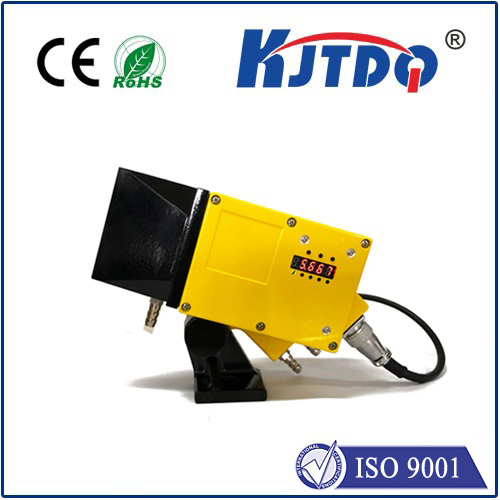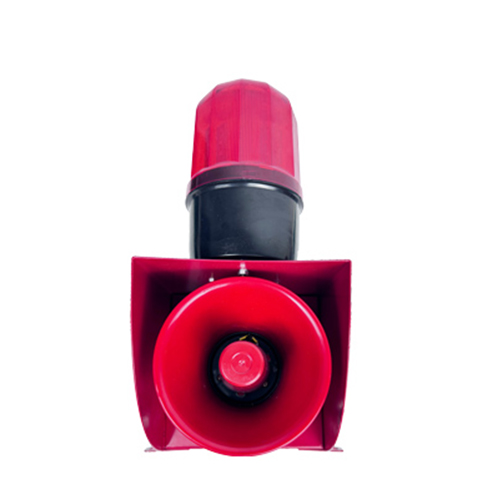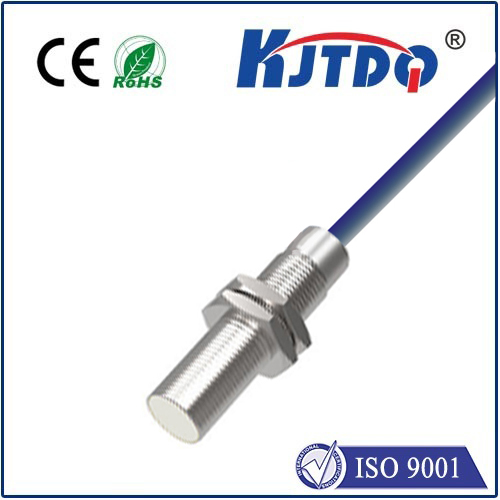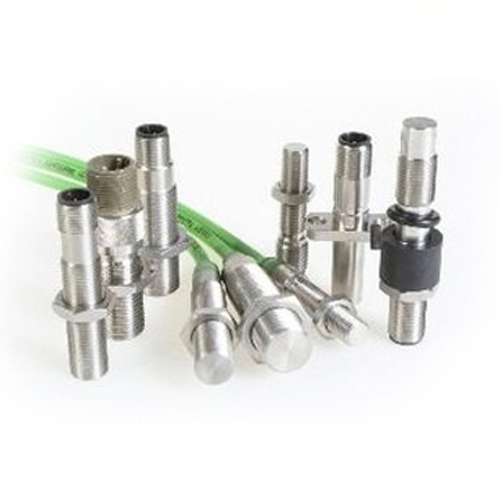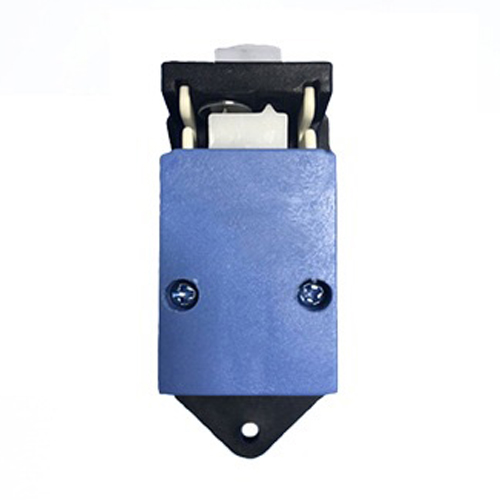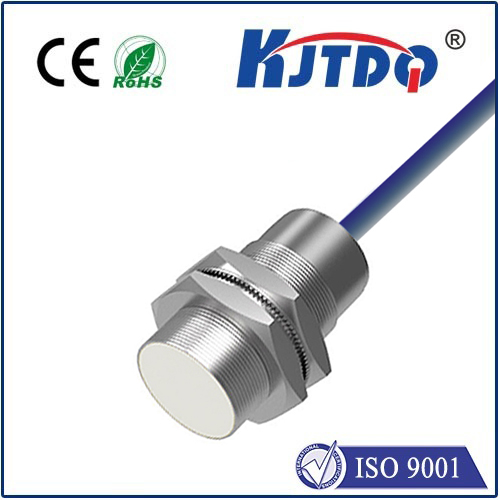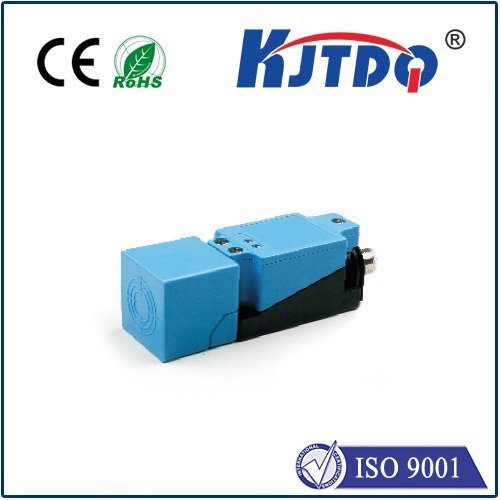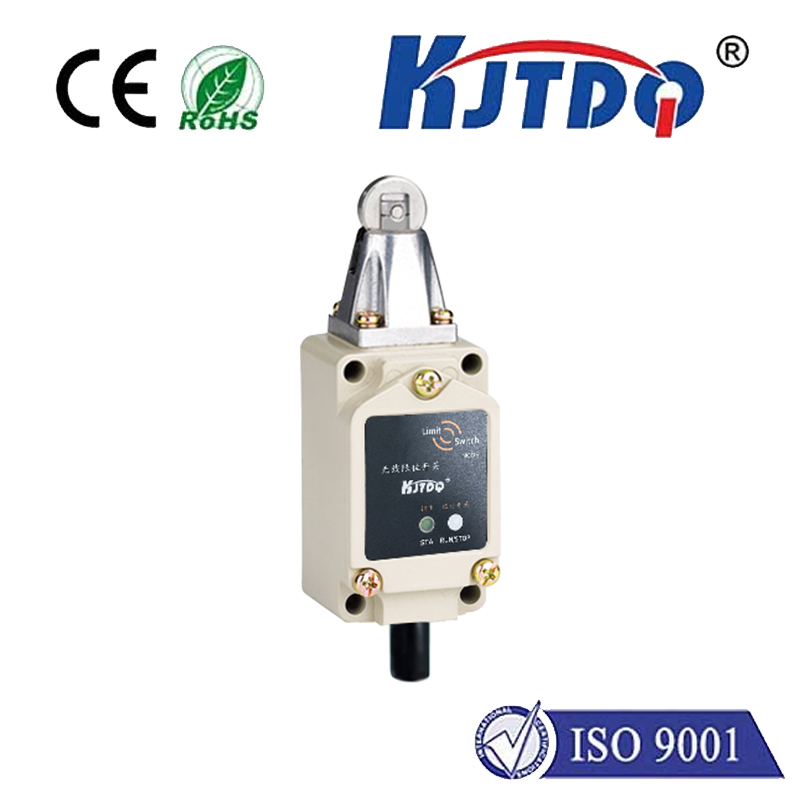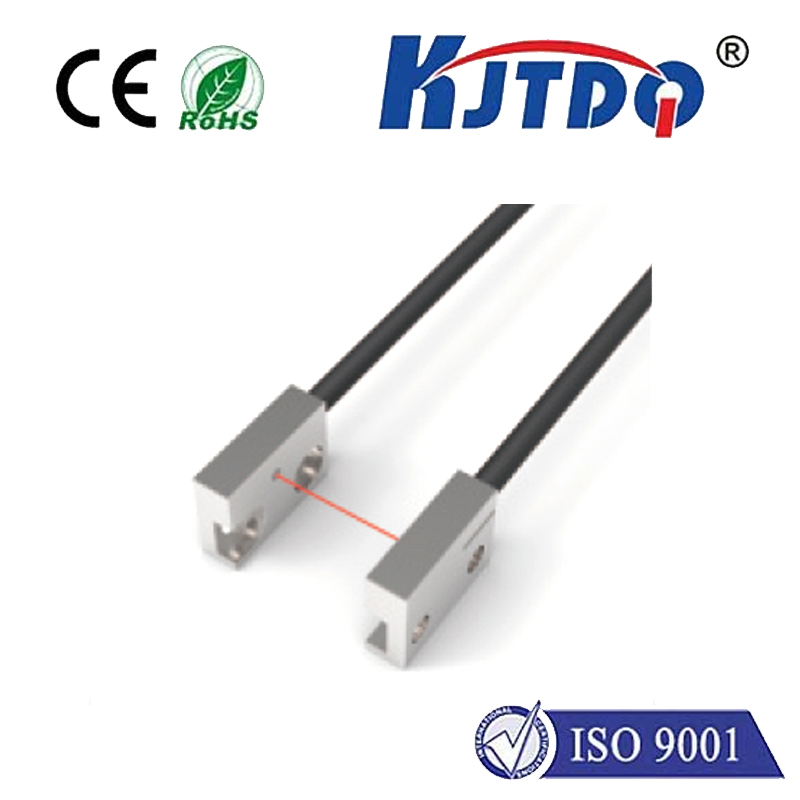

check

check

check

check

check

check

check

check

check

check
Infrared Photoelectric Switch Sensor: A Revolution in Industrial Automation
The integration of technology into industrial applications has led to a significant increase in productivity and efficiency. One such technological advancement is the infrared photoelectric switch sensor, which has revolutionized industrial automation processes. This article aims to discuss the key features and benefits of this remarkable tool.

An infrared photoelectric switch sensor is a specialized device that uses infrared light to detect the presence or absence of objects within its range. It consists of an emitter and a receiver, both of which are aligned to form a beam of infrared light. When an object interrupts the beam, the receiver registers the change in the signal, triggering an output response such as turning on machinery, sounding an alarm, or stopping a conveyor belt.
One of the primary advantages of using an infrared photoelectric switch sensor is its reliability. Unlike traditional mechanical switches, which rely on physical contact between components, these sensors operate without any moving parts. As a result, they are less prone to wear and tear, making them highly durable and long-lasting. Additionally, their sensitivity can be adjusted to accommodate various sizes and distances of objects, ensuring accurate detection every time.
Another benefit of infrared photoelectric switch sensors is their ability to operate under harsh environmental conditions. They are impervious to factors such as dust, moisture, vibration, and temperature fluctuations, making them ideal for use in industries where these conditions are prevalent. Furthermore, they offer quick response times, enabling real-time monitoring and control over industrial processes.
The application of infrared photoelectric switch sensors extends beyond basic object detection. For instance, they can be used to monitor the level of liquids or solids in tanks or hoppers, count products during manufacturing processes, and ensure proper alignment of packaging materials. By integrating with other automation systems like programmable logic controllers (PLCs) or robotic arms, these sensors can streamline operations, minimize errors, and enhance overall performance.
In conclusion, infrared photoelectric switch sensors play a critical role in advancing industrial automation. Their reliability, durability, and adaptability make them essential components for optimizing workflows and enhancing efficiency across various sectors. As technology continues to evolve, we can expect further improvements and expanded capabilities from these innovative devices.
